
What is Google Signals and its Importance for Website Analytics
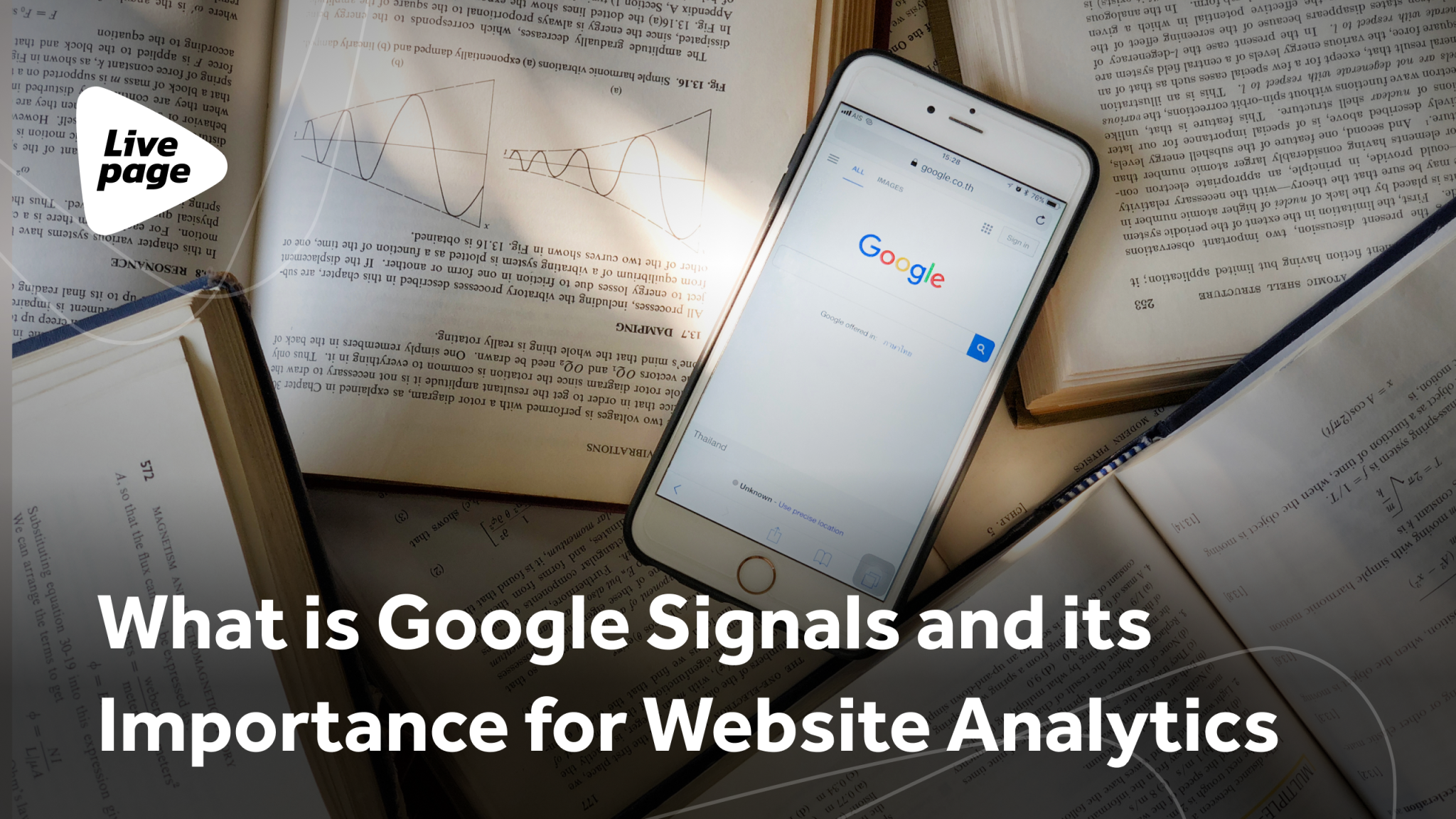
In today’s digital landscape, mastering the art of web analytics with tools like Google Signals in Google Analytics 4 (GA4) is crucial for business success. So what is Google Signals? Google Signals is an advanced feature in Google Analytics 4 that enhances data collection and personalization capabilities across multiple devices using signed-in Google users’ data. Now let’s find out — why use Google Signals?
Google Signals tool represents a significant leap in web analytics by offering enhanced tracking, reporting, and Google Signals reporting features. By integrating Google Analytics 4 Signals, businesses can harness the power of advanced Google Signals data collection techniques to foster more personalized and effective budget for marketing strategies. This tool is pivotal for marketers, SEO specialists, and website owners looking to enhance their digital footprint and audience targeting and engagement.
In this article, we’ll delve into the intricate details of Google Signals in GA4, explore its advantages over other analytics tools, and demonstrate how it can be a key tool to improve your marketing efforts and website optimization. Whether you’re aiming to refine your approach to user acquisition, enhance your ads personalization, or simply gain a deeper understanding of your audience, Google Signals offers critical insights that are indispensable in the digital age.
Enhancing Analytics with Google Signals Data Collection
Google Signals is not merely an addition to Google Analytics — it represents a paradigm shift in understanding online user behavior. Unlike traditional analytics tools that provide a snapshot of user interactions within a single session, Google Signals extends this perspective by tracking users across various devices, provided they are logged into their Google accounts. This cross-device tracking allows businesses to see not just a segment of the user journey but the entire interaction history with online content.
At its core, Google Analytics Signals is a feature that activates additional reporting capabilities in Google Analytics 4. By aggregating data from users who have enabled ad personalization, Google Signals offers insights into the use of multiple devices, remarketing opportunities, as well as demographic details and interest reports. This data is crucial for businesses aiming to understand the comprehensive behavior of their audience.
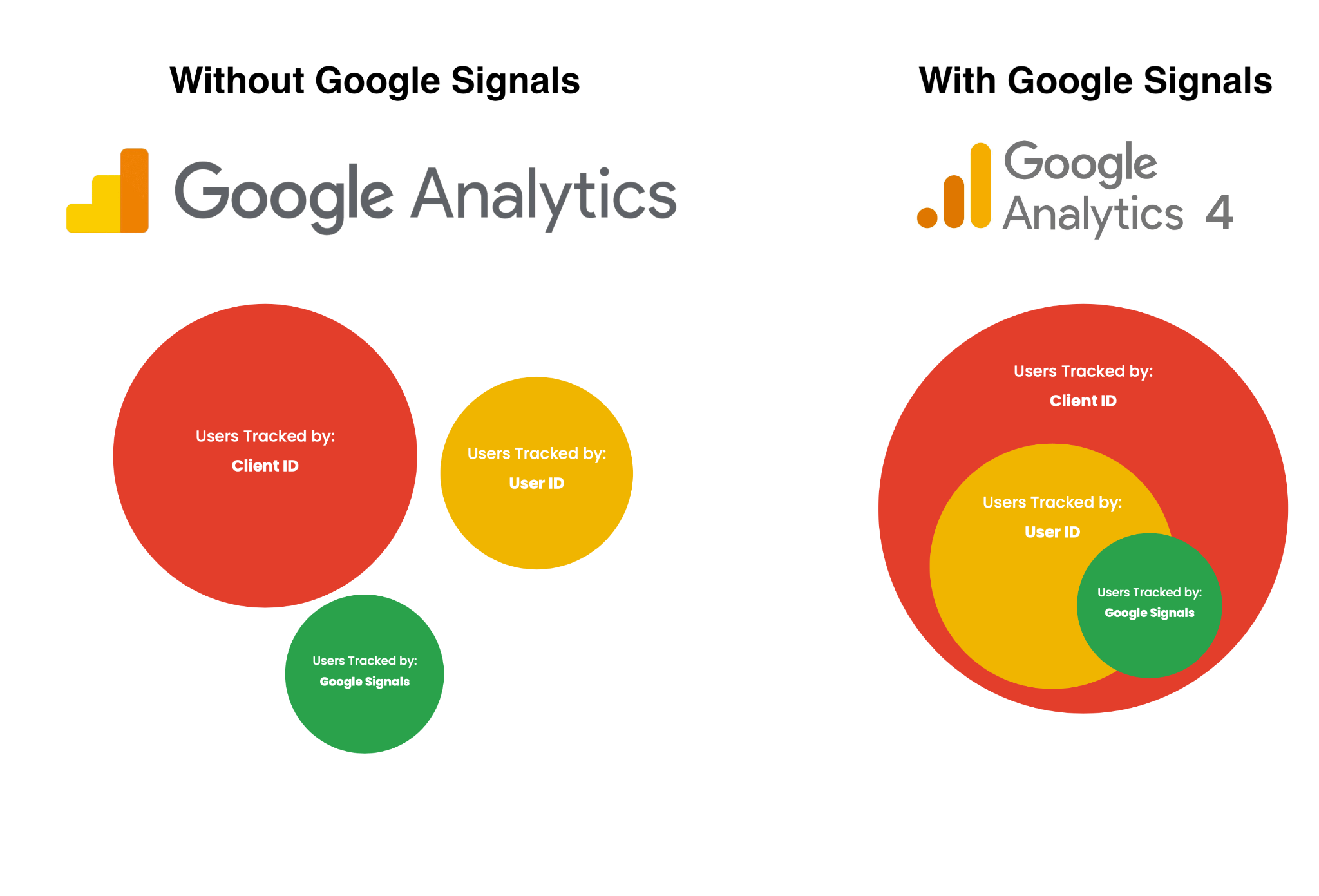
Utilizing Google Signals for Enhanced Business Benefits
Understanding and utilizing Google Signals can greatly enhance your business’s analytical capabilities, leading to more informed decision-making and optimized user experiences. Here are the key benefits of integrating Google Signals into your data analytics strategy:
- Improved Cross-Device User Understanding: One of the primary advantages of Google Signals is its ability to provide insights into how users interact with your site across multiple devices.
- Enhanced Marketing Strategies: Equipped with comprehensive data on user behavior across different devices, companies can devise more effective and precisely targeted marketing campaigns. Google Signals facilitates advanced remarketing strategies, enabling you to reach users who have expressed interest in your products or services, irrespective of the device they are using.
- Optimized User Experience and Personalization: Google Signals aids in understanding the diverse paths and preferences of your users, allowing for the creation of a more personalized experience for each visitor.
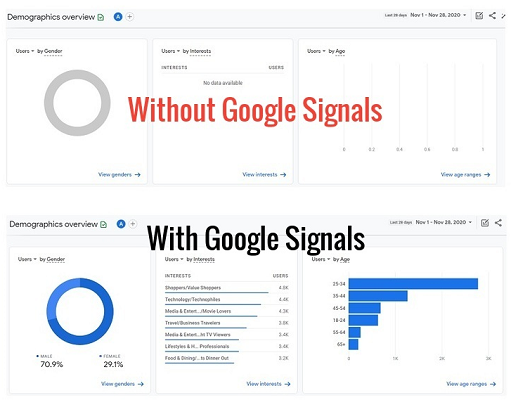
- Accurate Measurement of Marketing Efforts: Google Signals provides more precise measurements of your marketing efforts by offering insights into how campaigns perform across different devices.
- Informed Strategic Decision-Making: With deeper insights into user demographics and interests, businesses can make more strategic decisions regarding product development, market expansion, content creation, and customer acquisition strategies.
Practical Implementation of Google Signals for Enhanced Marketing and Website Optimization
Enabling and configuring Google Signals is straightforward, but it requires appropriate administrative permissions on your Google Analytics account. To enable Google Signals, log into your Google Analytics 4 account. If you’re new to GA4, consider our comprehensive Google Analytics 4 setup service. If you are more advantage user of GA4, here’s how to harness the power of Google Signals effectively:
- Ensure Appropriate Permissions: Verify that you have property-level editing permissions in your Google Analytics account to enable Google Signals.
- Access Google Analytics: Log into your account and select the property where you wish to enable Google Signals.
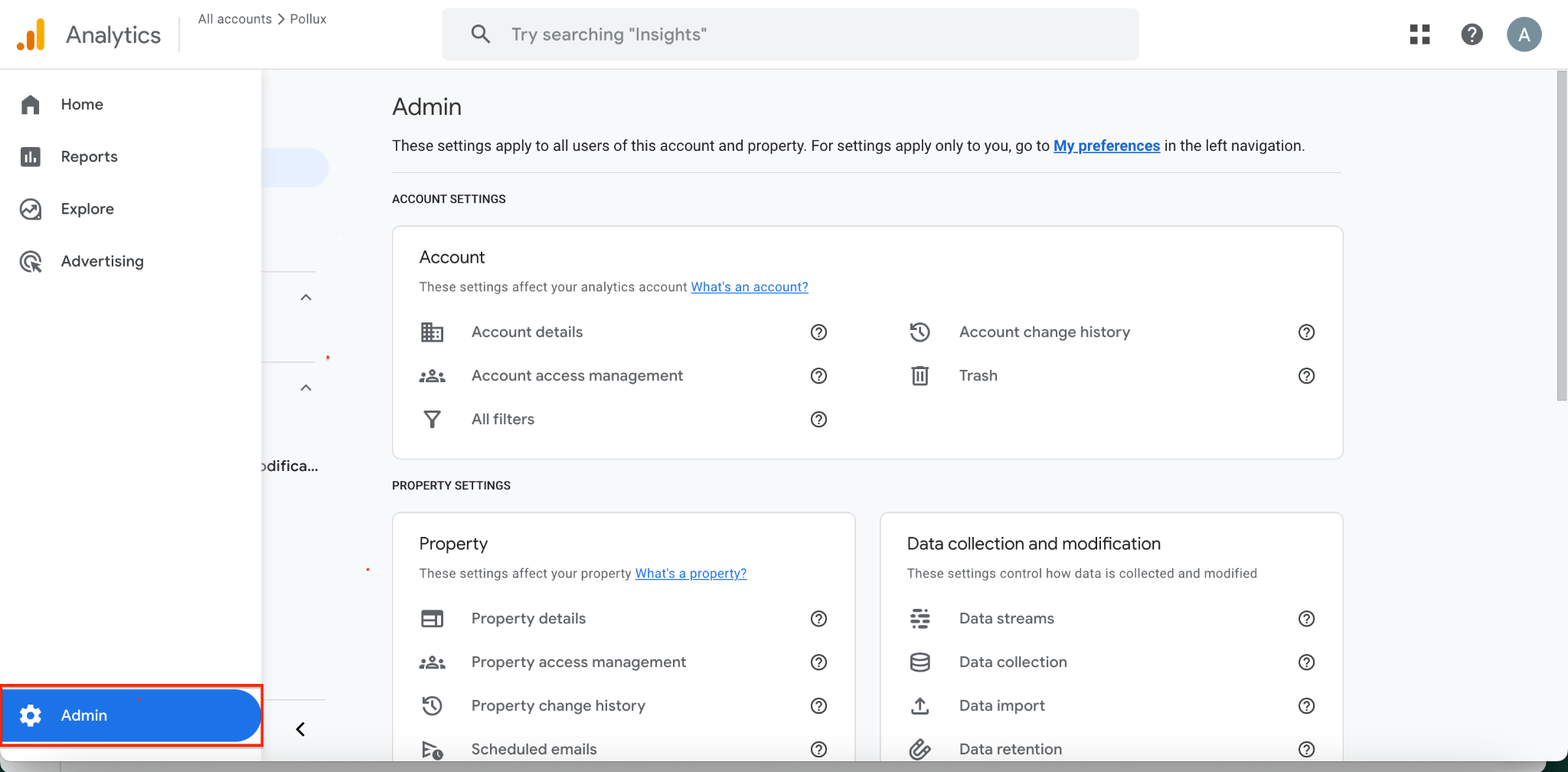
- Navigate to Object Settings: In the Google Analytics interface, go to ‘Administration’, then in the ‘Properties’ column, find ‘Tracking Info’. Click on ‘Data Collection’ for the object you are working with.
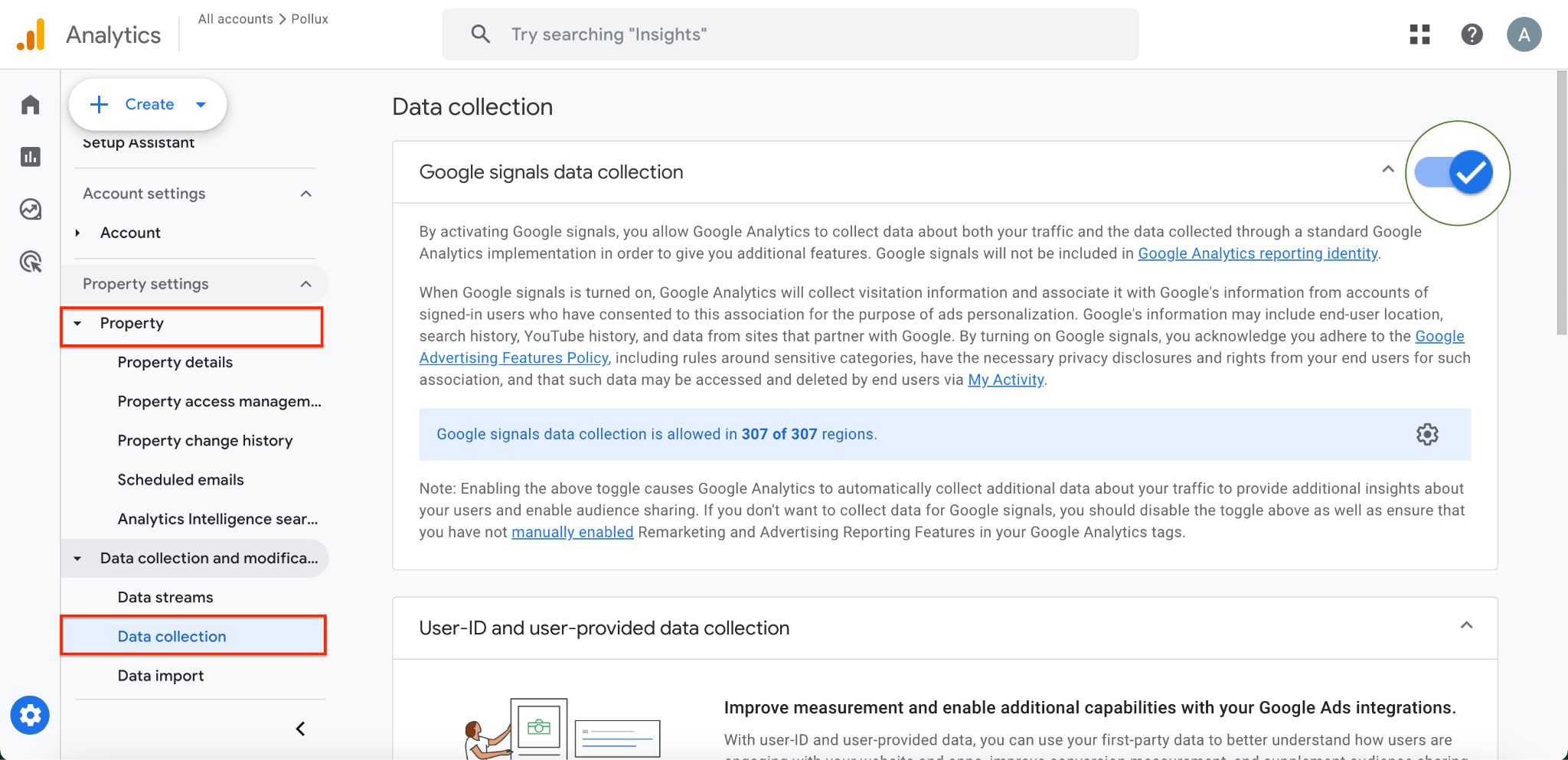
- Activate Google Signals: In the Data Collection section, look for the option to activate Google Signals and click on the ‘Get Started’ button. This launches a setup wizard that will guide you through the activation process.
- Complete the Setup Wizard: The wizard will inform you about the features activated by Google Signals, such as remarketing and ad reporting. You’ll need to agree to Google’s terms and conditions to proceed.
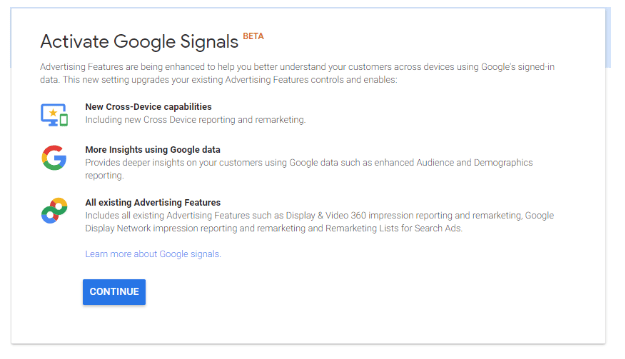
- Activate the Feature: After agreeing to the terms, click on ‘Activate’. Google will then start collecting data across devices for users who have ad personalization enabled.
- Review Activation: Once activated, Google Signals will begin gathering data and providing advanced reporting features across devices. You can verify the activation by revisiting the Data Collection section in your Google Analytics account.
- Monitor Your Reports: With Google Signals active, monitor your reports in Google Analytics to start analyzing data from multiple devices. This information will appear in various reports, including those in the Audience, Acquisition, and Behavior sections, now enhanced with advanced features.
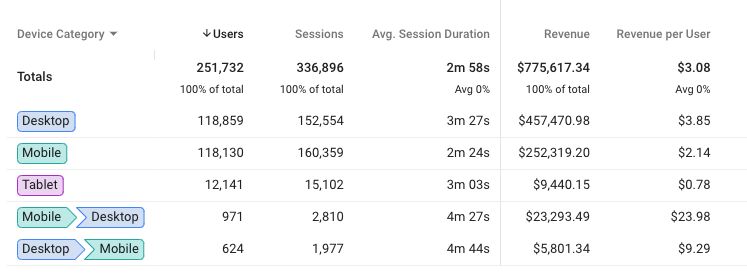
- Implement Privacy Considerations: Ensure your use of Google Signals complies with all relevant data protection and privacy regulations. Update your privacy policy to inform your website visitors about the use of Google Analytics and Google Signals, detailing data collection, storage, and usage practices.
- Stay Updated: Keep abreast of any updates from Google regarding Google Signals and Google Analytics, as Google frequently updates its services to reflect technological advancements and regulatory changes.
Tips for Maximizing Impact with Google Signals
- Segment Your Audience: Utilize the detailed demographic and behavioral data from Google Signals to segment your audience and use your audience strategy more effectively.
- Refine Remarketing Strategies: With cross-device tracking, refine your remarketing strategies to re-engage users who have shown interest in your products on any device they use.
- Optimize User Experience: Use insights from Google Signals to optimize the user experience on your website.
Overall Insight from Google Signals
See Where Your Device Use Overlaps
Understanding the percentage of users who access your content from multiple devices provides immediate insight into how people engage with your brand. Google Signals allows you to see the percentage of users accessing each device and those who use multiple devices. For instance, if a brand like LinkedIn observes a high overlap rate, it indicates that users often search for jobs on their mobile devices and then apply on desktops, where they can access and edit their resumes more easily. So LinkedIn can improve cross-device functionalities, such as making job-saving features more seamless or launching campaigns to encourage mobile job applications.
See Which Campaigns Have the Most Overlap
Cross-device reports help identify the impact of different marketing channels throughout the consumer journey, preventing the premature elimination of essential channels that contribute to conversions indirectly. By understanding which campaigns drive cross-device interactions, businesses can allocate resources more effectively and ensure all channels that assist in the consumer journey are optimized, thus enhancing overall marketing efficiency.
Recapture Customers With Cross-Device Remarketing
Google Signals enables remarketing across different devices, allowing you to move customers deeper into the sales funnel. For example, a user might click on a paid ad while commuting but gets distracted before completing a purchase. Later, a remarketing ad on their desktop brings them back to your website, where they are more focused and ready to buy. This capability helps in converting top or mid-funnel customers into bottom-funnel converters by keeping your brand top-of-mind and encouraging users to complete their purchase journey.
Learn How Specific Personas Behave
Since Google Signals collects user-based data rather than session-based data, you gain a deeper understanding of audience behavior. This, combined with enhanced demographics and interest reporting, allows you to align behavioral patterns with different user profiles. For example, your company might create a cross-device remarketing campaign targeting less tech-savvy users who prefer desktops for purchases, thus ensuring their marketing strategies resonate with each persona’s preferences.
Harnessing the Future: The Strategic Impact of Google Signals
As machine learning and artificial intelligence continue to evolve, in the future Google Signals could integrate these technologies to provide even more predictive insights, potentially forecasting user behaviors before they occur. As well, Google Signals may incorporate additional data sources, such as Internet of Things (IoT) devices, providing a broader view of consumer behavior. Considering increasing concerns about data privacy, future developments in Google Signals will likely include more robust privacy protections and user control features, ensuring compliance with global data protection norms while still offering valuable insights.
Google Signals is more than just a tool for today; it is a foundation for tomorrow. Companies that adapt to its capabilities can expect not only to better understand their current user base, but also to anticipate the needs of future customers.
Final Encouragement
As the digital environment becomes increasingly competitive, the importance of continuously improving analytical knowledge and embracing the latest technologies cannot be overstated. We encourage you to explore more about Google Signals and start using this powerful tool together with Google Ads audit services to enhance your business performance. With deeper insights into user demographics and interests provided by Google Signals, businesses can make more informed decisions. Enhance your analytics capabilities with our end-to-end analytics setup service and Ecommerce analytics services. Stay ahead by continuously evolving with the digital trends and maximizing the strategic advantages offered by Google Signals.



















